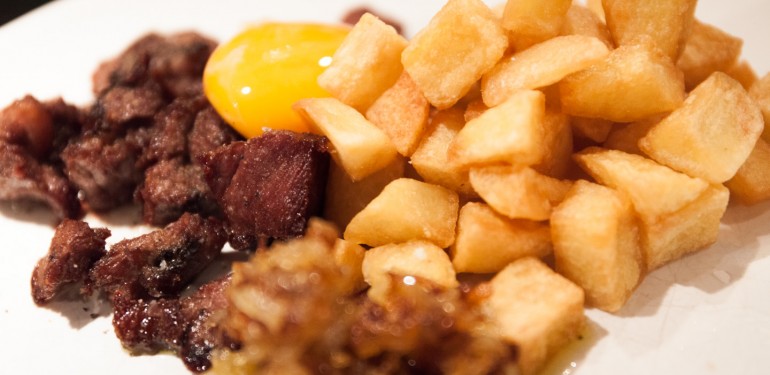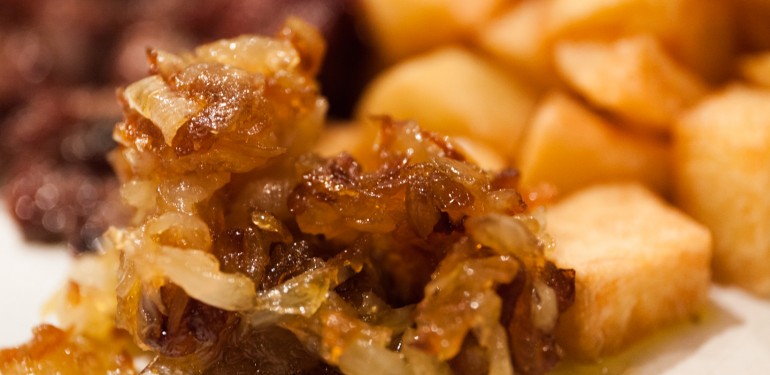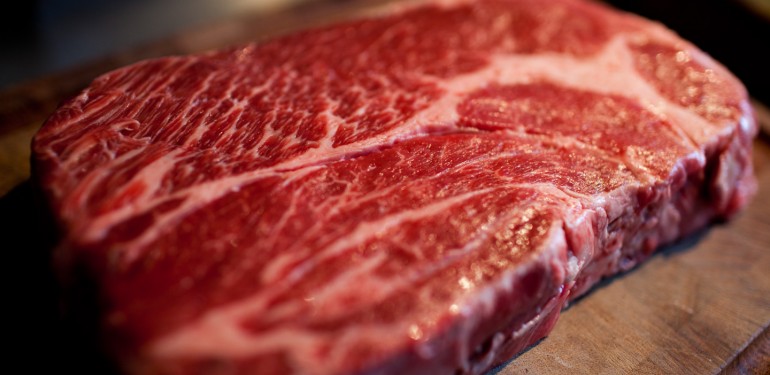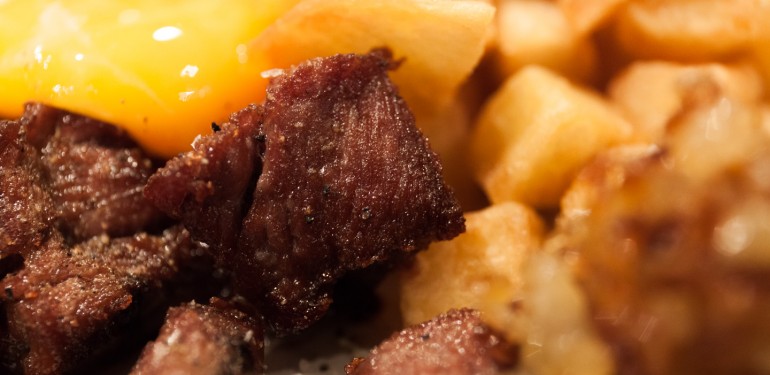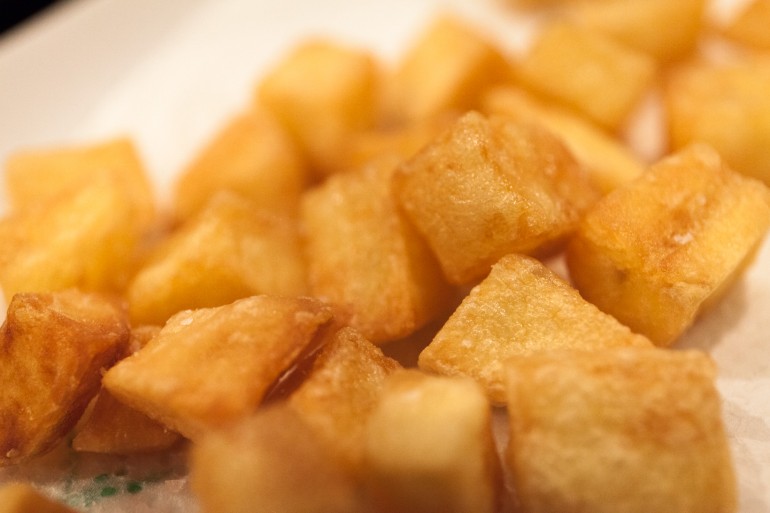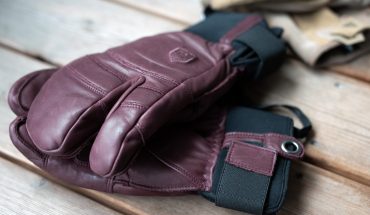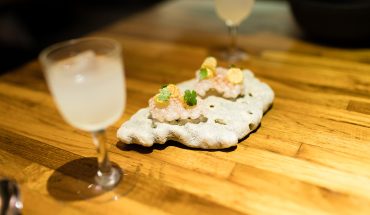Hotell Rydberg was one of the first proper hotels in Stockholm, Sweden. Built in 1857 and demolished in 1914, it was run by Jean-François Régis Cadier who would later found the Grand Hôtel that’s still going strong and harbors the restaurants of one of our favorite chefs, Mathias Dahlgren. It had one of the first hotel bars where the cultural elite of the time used to gather. Served in the bar was one of the dishes that has made the name Rydberg remain in the Swedish collective mind, Biff á la Rydberg. Basically it’s a more luxurious version of Pytt i Panna made from diced tenderloin, diced potatoes and chopped onion that’s been pan fried separately and then served on a plate with an egg yolk.
Like many dishes it’s original intent has become forgotten over time and now it’s often made from tough cuts of meat and served with soggy potatoes. However, there’s still hope since meat, potatoes and egg yolk makes for a fantastic foundation who’s potential can be maximized using a few modern techniques. What’s even better is that cheaper cuts than tenderloin can be just as tender and pack much more flavor with a little investment in time. So while this version can hardly be called decadent it’s certainly very satisfying and much in line with how the original Biff Rydberg stood out from similar dishes of the time.
My favorite cut of beef is the chuck eye which can be a little tough but has the potential for marvelous marbling and a lot of taste. It usually needs around 36 hours in a water bath to become tender so a little planning ahead is required. Other cuts like the rib eye or short rib can also be used with slightly different cooking times. Rib eye, for example, is more tender and doesn’t need nearly as long time in the bath. I like cooking these kinds of cuts at 54 degrees Celsius which results in a perfect medium rare. The meat is then finished using a fryer right before serving to brown the outside without overcooking the inside.
For the potatoes we use Heston Blumenthal’s Triple cooking method that gives the most amazing fries with a magic crunch and a light, fluffy interior. He advocates using Maris Piper potatoes, but other floury types suitable for mashed potatoes also yields good results if Maris Piper aren’t available. Waxy potatoes like the Asterix doesn’t yield the same kind of fluffy interior that we’re after.
We bring the onions to the next level by slowly caramelizing them, nothing magic here except 40 minutes of cooking. Finally, for the egg yolk I take inspiration from Sage by cooking it slowly at 62 degrees Celsius to make it just slightly less runny. All in all, this is still the classic Biff Rydberg but every component brought up to date and perfected. I usually serve it the classic way based on how its ingredients are cooked separately. It’s traditionally served with a cold Pilsner and a snaps, if you really want to take it back to it’s roots.
Biff á la Rydberg
4 servings
|
|
|
|
|
|
|
|
|
|

